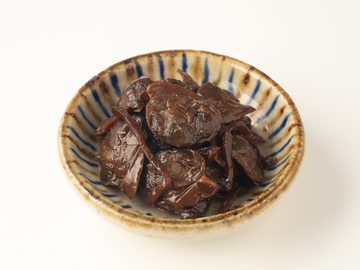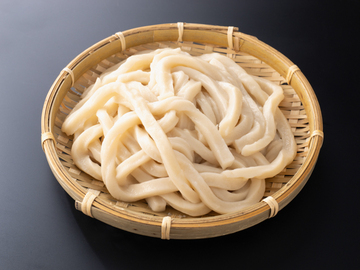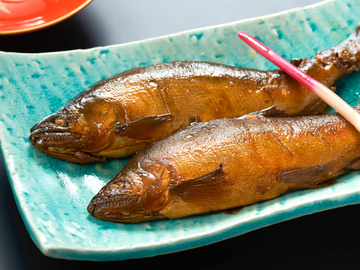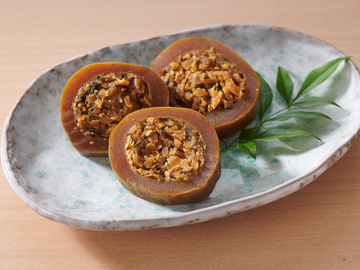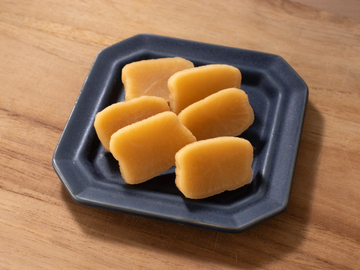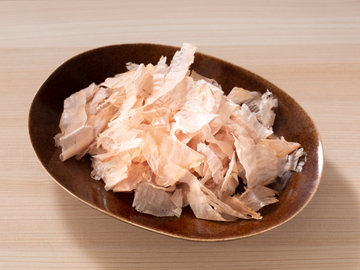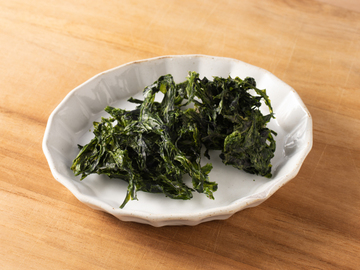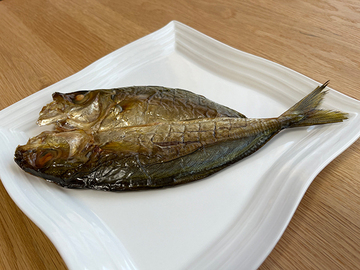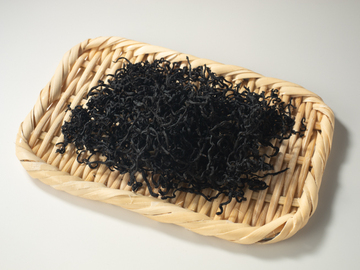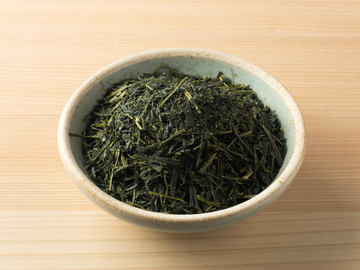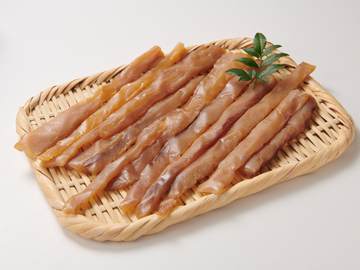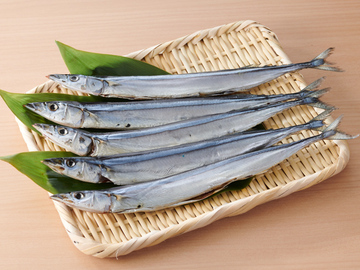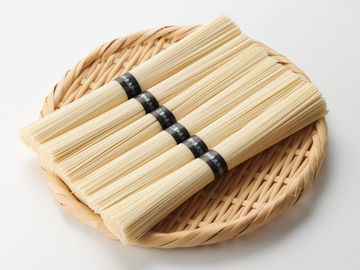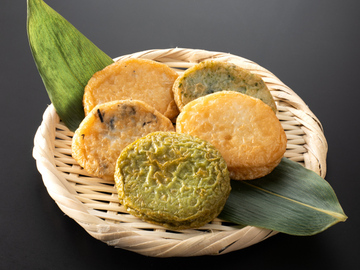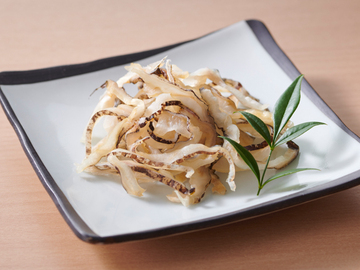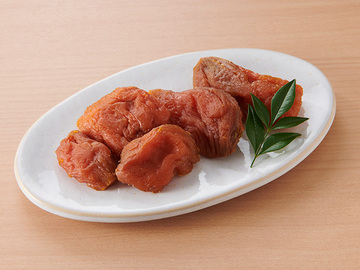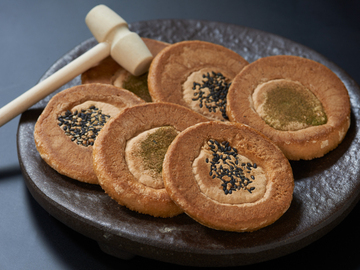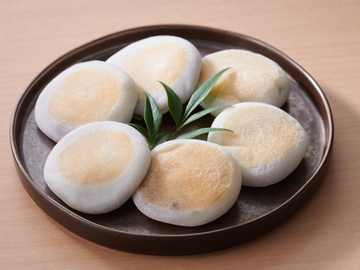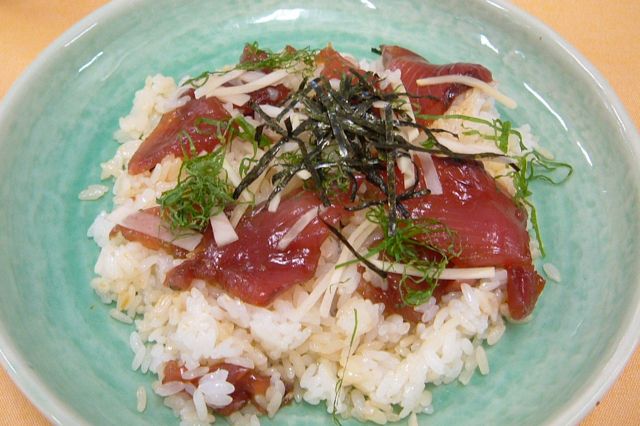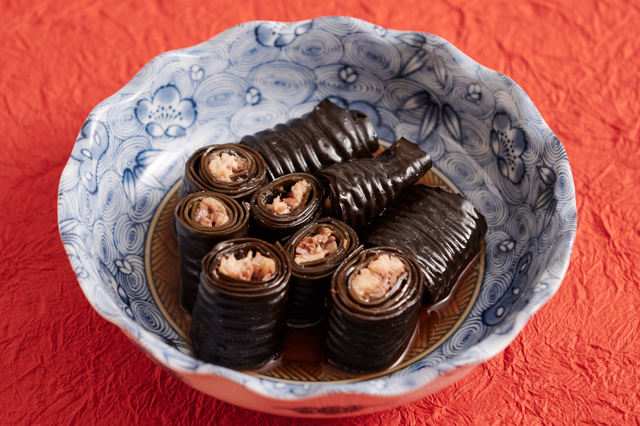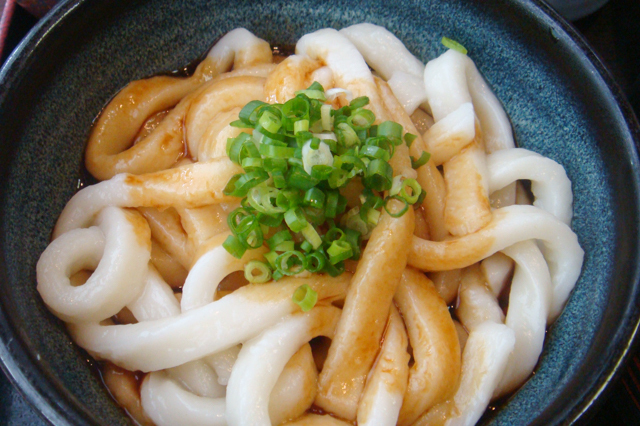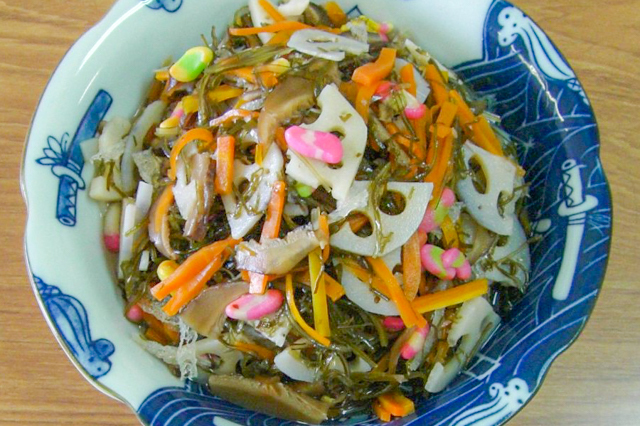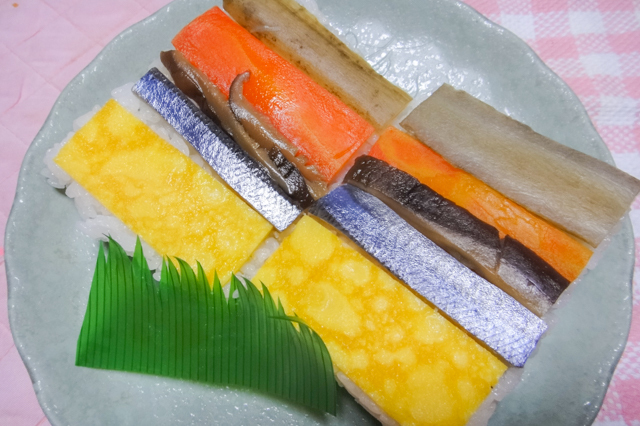Mie

People and Tradition Supported by Pilgrimages to Ise and Seafood
Situated in central Japan, Mie Prefecture’s shape on a map resembles a hawk spreading its wings. Inland Mie is home to mountain ranges soaring above the vast coastal plains. The eastern region has a coastline of about 1,000 kilometers, and fishing has long been a major industry in the coastal towns. Maritime transportation has also flourished there.
During Japan’s Ritsuryo era, Mie Prefecture was divided into the provinces of Ise, Iga, Shima, and Kii. Among these four provinces were scatted enclaves of the Kishu and other feudal domains, Ise Jingu and Todai-ji Temple, to name a few throughout the prefecture. This political history, coupled with the religious background of multitudes of pilgrims visiting Ise Jingu via the long-established highway system linking it to the neighboring six prefectures, led to five distinct food cultural spheres forming in different regions according to the climate, geography and economy. Those cultural spheres are Hokusei, Chunansei, Ise-Shima, Iga, and Higashi-Kishu.
This complex historical background, combined with its natural bounty, have given Mie Prefecture a rich and diverse food culture, earning it the moniker “Umashikuni,” which literally translates as “delicious country.”
The bounty from Ise Bay is rich and diverse, including young sand lance, conger eel, gizzard shad, mantis shrimp and swimming crabs, not to mention seaweed cultivation. What’s more, the estuarine waters of the “Kiso Three Rivers” are home to a variety of shellfish including hamaguri clams and all sorts of other natural products. The rivers and brackish waters have also long been home to Japanese eel farming, and all of these bring a wealth of food cultures together with that of Chunansei.

Traditional Foods in Mie

Our Regional Cuisines
in Mie
This is a list of Mie prefecture's local dishes
introduced in "Our Regional Cuisines."
*Clicking on the image will take you to "Our Regional Cuisines."

